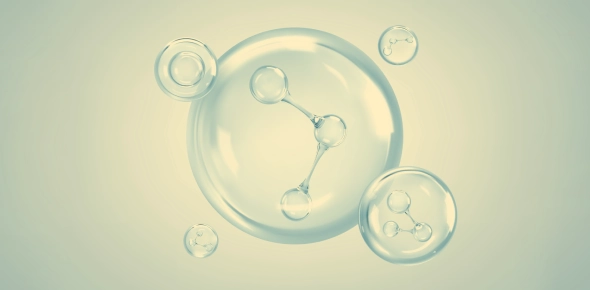Molecular Biology Quiz (Lectures 11 & 12)
- NGSS
- AP Bio
Submit
2.
You may optionally provide this to label your report, leaderboard, or certificate.
Submit
Submit
Submit
Submit
Submit
Submit
Submit
Submit
Submit
×
Thank you for your feedback!
















